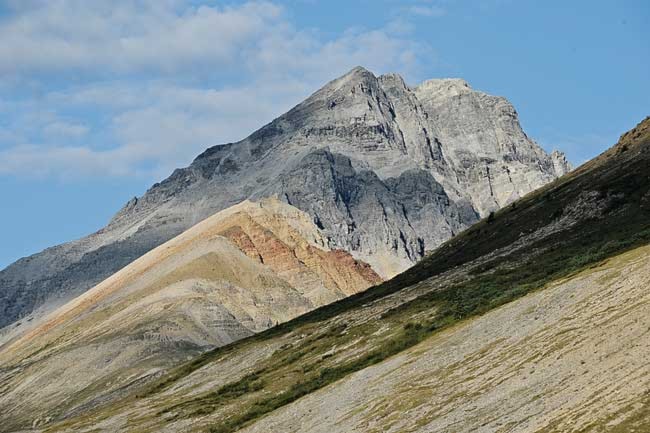The Yukon government wants to allow industrial development in most of the Peel Watershed, Energy, Mines and Resources Minister Brad Cathers announced Tuesday.
“We see that as taking a balanced approach that shifts the debate from whether to protect the Peel, to how to protect the Peel,” said Cathers.
“Yukoners value wilderness beauty and healthy ecosystems, but also want a diversified economy that provides employment for their friends, family and community.”
Key areas would receive full protection, either through the creation of a park or special management area. That likely includes the Turner Lake wetlands and
“the confluence” of the Snake, Bonnet Plume and Wind rivers, said Cathers.
But “the majority” of the 68,000-sq.-kilometre watershed in northeast Yukon, would be open to development, he said.
That’s a big change from the planning commission’s recommendations to protect four-fifths of the watershed.
Miners that hope to dig up iron, coal and uranium in the region will be pleased. Conservationists are furious.
“They aren’t looking to the future and they certainly don’t respect all sectors of the economy,” said Karen Baltgailis, executive director of the Yukon Conservation Society, in a release.
“How are wilderness tourism and outfitting businesses supposed to coexist with industrial development in the Peel?” Baltgailis said.
Cathers wants to see a land-use plan for the Peel that resembles the one crafted for northern Yukon.
There, half the region is protected, with the remaining half open to a sliding scale of development, with stricter safeguards required for sensitive areas.
Similarly, the government wants to see in the Peel “active management of the landscape rather than prohibitions to use and access,” according to eight principles announced on Tuesday.
Cabinet hasn’t yet decided what percentage of the Peel it would like to see protected, said Cathers.
More details will be released when the government holds a final round of community consultations on the Peel plan later this year. A schedule is to be hammered out soon with affected First Nations, he said.
The government hopes to have a Peel plan signed off by the fall, said Cathers. That’s when a mineral staking ban for the Peel expires.
For that to happen, the territory and affected First Nations will need to broker a compromise. First Nations initially called for the entire watershed to be protected, and later endorsed the proposed plan.
Miners should be allowed to keep claims in the Peel, said Cathers. And they should be allowed to build “reasonable” access roads, he said.
Roads had been ruled out in the proposed plan, for fear they would spoil the region’s pristine character. Miners howled with indignation at this, saying that such a scheme would be tantamount to expropriation.
The Peel plan should also be amendable by the government to allow “for additional conservation or development,” according to the government’s principles.
And it shouldn’t cost too much.
“Ultimately, the plan must be one that can be implemented within fiscally responsible means and human resources capacity,” it states.
The Yukon Party government has, until now, said very little about what it wants to see done in the Peel, other than it thought the commission’s plan went too far.
Cathers denied there was anything amiss with the territory announcing its position only now.
“It’s a different step in the process,” he said.
Contact John Thompson at
johnt@yukon-news.com
